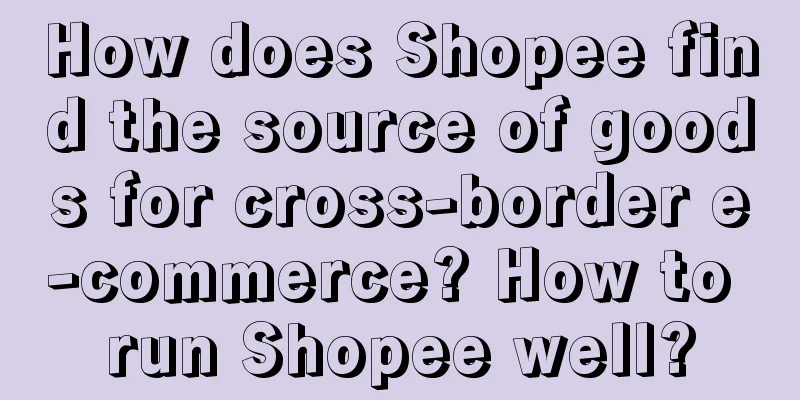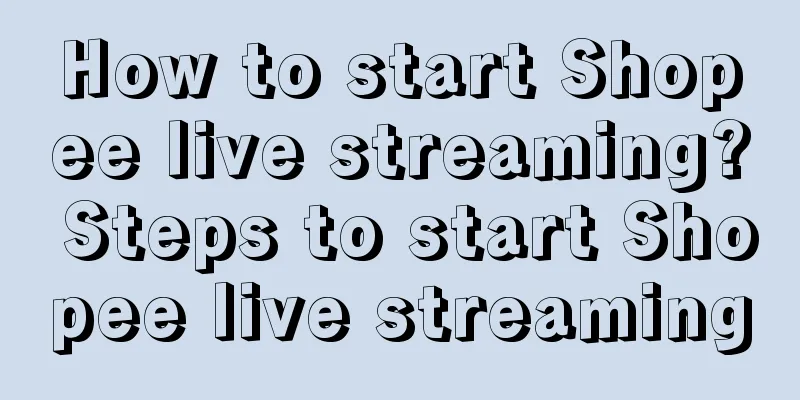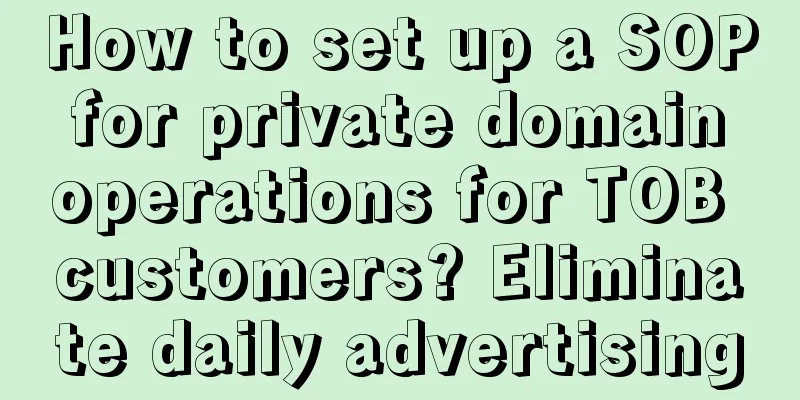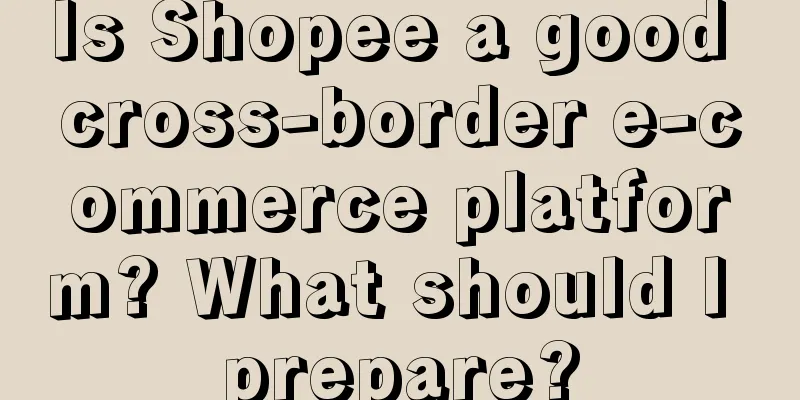What does cross-border VAT mean? Do I need to pay for VAT registration and declaration?
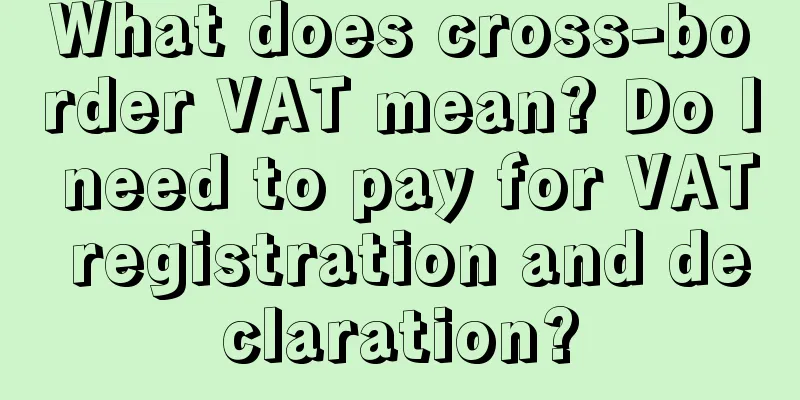
|
Cross-border e-commerce is very popular now. If we want to buy imported products, we don’t need to go to large supermarkets. We can buy them directly on cross-border e-commerce platforms. Many friends have also opened stores on cross-border e-commerce platforms. What everyone should pay special attention to is VAT tax. 1. What does cross-border VAT mean? Cross-border VAT is actually VALUE ADDED TAX, which means value-added tax. In EU countries, this post-sales VAT is generally used, which refers to the profit tax on the product price. Products on cross-border e-commerce platforms are basically subject to this tax. After our products are sold on the platform, merchants collect taxes from consumers on behalf of the tax bureau. It is a turnover tax levied on the value-added amount of taxpayers' production and business activities. 2. Do I need to pay for cross-border VAT registration and declaration? Ask for money Different countries require different fees. Taking the UK as an example, here are the application fees: The application price varies because the needs of each seller are different. Currently, the price in the Chinese market ranges from 4200 to 6000. It is also worth noting that the normal VAT rate of the UK tax authorities is 20%. You can also apply for a low UK VAT rate. If your annual turnover is less than 230,000 pounds and you registered early, you can apply for a low tax rate normally. The sales VAT is paid at 7.5% of your turnover. If you register later and are found to be required to pay additional taxes, the tax authorities will directly assess you at a 20% rate. After registration is completed, please pay attention to the tax bureau's emails and check the registered email address. The tax bureau will notify you to supplement relevant information via email or mail. Generally speaking, online registration takes about 1-6 weeks. After registration, the tax office will send the VAT number information to your email and gateway account. In fact, cross-border VAT tax means value-added tax. After products enter the EU countries, they must not only pay tariffs but also VAT tax. As a cross-border e-commerce company, you need to register and declare VAT tax. This tax is very important, and everyone must understand the relevant collection methods in advance. |
>>: How to ship goods when doing cross-border e-commerce at home? How to send express delivery?
Recommend
How can a novice seller on Amazon become a seller? How can a novice operate and make money?
As one of the world's largest e-commerce platf...
Whether you have money or not, you can do Olympic marketing well
From Heytea's Paris pop-up store to Nike's...
The first batch of post-00s who started overseas businesses now earn millions a year
As globalization continues to deepen, a group of p...
How many days does it take to pass the Lazada store review? Why does it fail?
Nowadays, the domestic e-commerce industry has dev...
Long and short videos in 2023
In the past year, short dramas have become the new...
How is Amazon's review rate calculated? What is it generally?
As one of the world's largest e-commerce platf...
A young man from Yiwu sells this product and makes 20 million yuan a year. He has risen from a wage earner to a corporate partner.
After only one year of working, the company went b...
Why has offline store design become a battleground for brand marketing?
Have you taken a citywalk today? As this simple an...
Is Amazon’s account closure permanent? What happens if your store is closed?
If you do not follow the rules when shopping on Am...
Is the Amazon Buy Box Win Rate High? How to Improve It?
There are many consumers shopping on the Amazon pl...
Label Branding: Branding Principles in the Digital Age
As people's lifestyles, information acquisitio...
What is the main reason for the decline in Amazon Buy Box win rate?
On the Amazon platform, everyone can buy some prod...
Taobao and JD.com have also implemented refund-only policy, but is it really useful to learn from Pinduoduo?
Pinduoduo's "refund only" feature ha...
8 marketing buzzwords to look at consumption trends in 2023
In the past year, the business world has witnessed...
What to do if Amazon's order volume suddenly drops? How to remedy it?
Now, after opening a store on Amazon, everyone is ...
